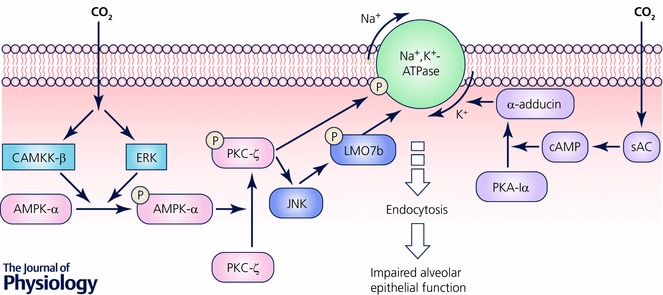Figure 1. Hypercapnia impairs alveolar fluid reabsorption.

Reduction of lung edema clearance is associated with the endocytosis of the Na+,K+‐ATPase from the plasma membrane of alveolar epithelial cells, which leads to decreased Na+,K+‐ATPase activity. During hypercapnia protein kinase C (PKC)‐ζ directly phosphorylates the Na+,K+‐ATPase α1‐subunit at Ser 18 residue, leading to endocytosis of the Na+,K+‐ATPase. The activation of PKC‐ζ is regulated by AMP kinase (AMPK) via Ca2+/calmodulin‐dependent protein kinase kinase‐β (CAMKK‐β) and extracellular signal‐regulated kinase (ERK). The endocytosis of the Na+,K+‐ATPase by hypercapnia is also regulated by c‐Jun‐N‐Terminal Kinase (JNK) via an AMPK‐PKC‐ζ signaling. JNK promotes the phosphorylation of LMO7b, which regulates the actin cytoskeleton in epithelial cells, followed by its colocalization and interaction with the Na+,K+‐ATPase and several components of the clathrin‐dependent endocytic machinery. The protein kinase A (PKA)‐Iα also plays a role in the Na+,K+‐ATPase endocytosis during hypercapnia. Namely, hypercapnia via a CO2/HCO3 −‐sensitive soluble adenylyl cyclase (sAC) increases the production of cAMP, activates PKA‐Iα and in turn, the phosphorylation of the actin cytoskeleton component α‐adducin, culminating in the Na+,K+‐ATPase endocytosis from the cell plasma membrane.
